Automated PCB routing, CAVU's Technical Advantage for Fast Lead Times
There’s always a reason behind quicker lead times and more competitive prices
—it’s the technical advantage!
PCB routing is one of the most time-consuming tasks in product design. CAVU technical team spent months searching for AI-assisted automated PCB routing and tried several AI tools that claimed to deliver results. At the end, we had to develop a solution in-house! Now, even designing complex 16+ layer PCBs for our OBC projects takes only a fraction of the time and cost, thanks to our in-house automated PCB routing solution. This help us to deliver projects much faster & more reliable than industry standards.
Automated PCB routing refers to the process of automatically determining the layout of electrical connections (routing) between components on a printed circuit board (PCB) using software tools. This process is essential for creating efficient, functional, and manufacturable PCBs.
Steps in Automated PCB Routing
Component Placement: The first step in PCB design is placing all the components on the board. The placement of components affects the routing process, and efficient placement minimizes routing complexity.
Routing Algorithms: Once components are placed, routing algorithms are used to connect them based on design rules (such as minimum trace width, spacing, and clearance). Automated tools can use various algorithms, like:
Track Routing: Connecting pads with tracks automatically while respecting design rules.
Via and Layer Management: Determining when and where to use vias to switch between layers and how to minimize their number.
Optimization Algorithms: Algorithms can optimize the routing to minimize the path lengths, reduce the number of vias, and meet electrical performance requirements.
Design Rule Check (DRC): This ensures the routing complies with all predefined design rules, such as trace width, spacing, and clearance between traces or pads.

